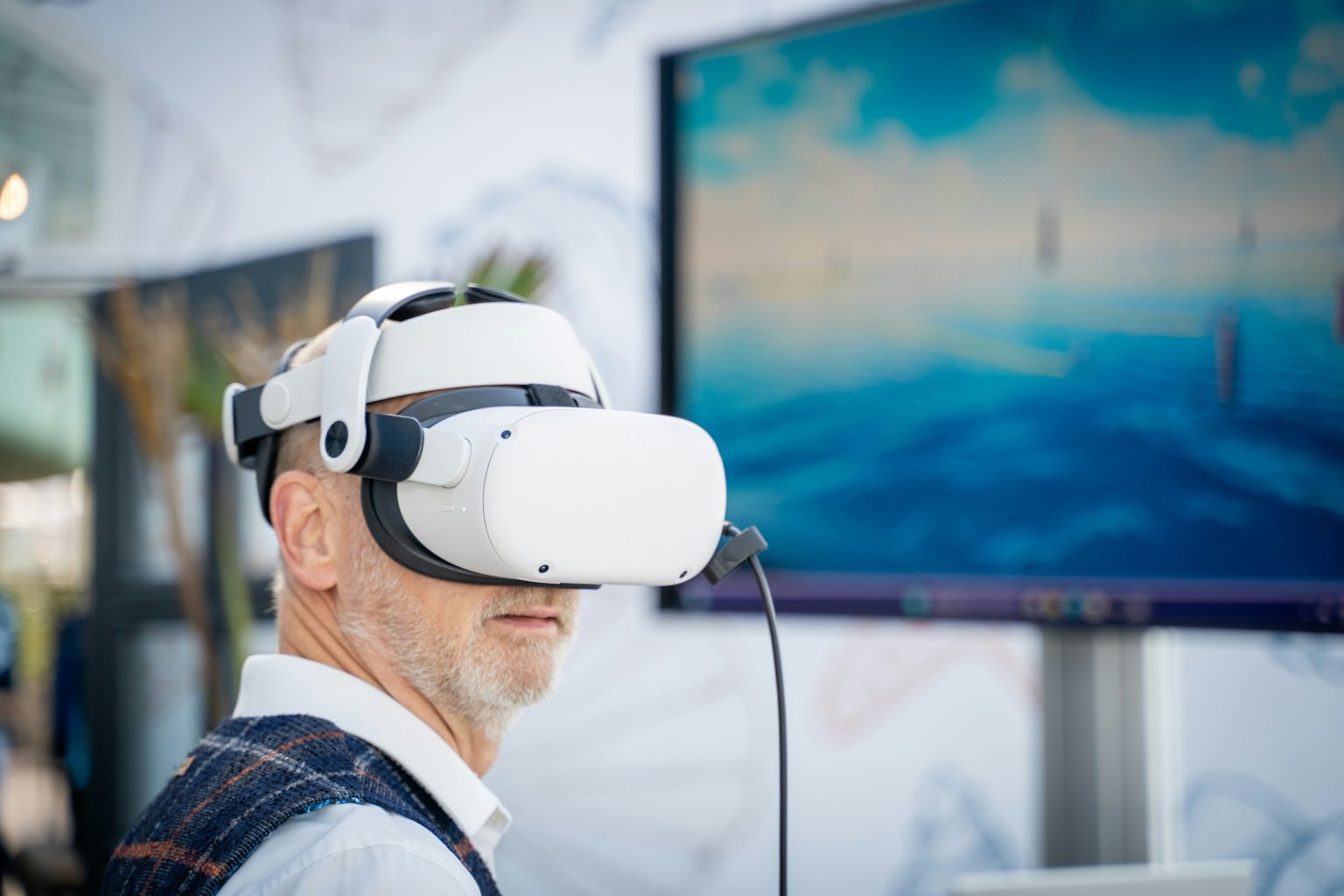In today’s competitive business landscape, companies constantly seek innovative ways to capture and retain customer attention. One strategy that has gained significant traction is gamification – the art of applying game-design elements and game principles in non-game contexts. This approach has proven to be a powerful tool for enhancing customer engagement and driving business growth across various industries.
Gamification taps into fundamental human psychology, leveraging our innate desire for achievement, recognition, and enjoyment. By incorporating elements typically found in games – such as points, badges, leaderboards, and challenges – into everyday business interactions, companies can transform mundane tasks into exciting, rewarding experiences.
This approach not only makes customer interactions more enjoyable but also significantly increases motivation, leading to higher levels of engagement and loyalty.
Gamification in Business
Gamification goes beyond mere entertainment; it creates value through interactive experiences that encourage customer loyalty.
When integrating game-like elements such as rewards, challenges, and competition into their marketing tactics, brands can significantly increase customer engagement, enhance brand loyalty, drive desired behaviours, collect valuable customer data, and create memorable brand experiences.
The essence of gamification lies in its ability to tap into fundamental human desires: the need for achievement, recognition, and enjoyment. By leveraging these psychological drivers, businesses can transform routine interactions into exciting journeys, turning casual customers into brand advocates.
Key Elements of Gamification
Successful gamification strategies often incorporate several key elements that work together to create an engaging and rewarding customer experience.
Points systems are a fundamental component, rewarding customers for specific actions or achievements. These points can accumulate over time, providing a tangible measure of a customer’s engagement with the brand.
Complementing points, badges serve as visual representations of special accomplishments or milestones reached, offering customers a sense of pride and achievement.
Leaderboards introduce a competitive aspect, allowing customers to compare their progress with others. This social element can be a powerful motivator, encouraging increased participation and engagement. Challenges or quests provide specific goals for customers to strive towards, adding purpose and direction to their interactions with the brand.
Progress bars offer a visual representation of advancement towards objectives, providing instant feedback and motivation. Levels or tiers create a sense of progression and status within the gamified system, often unlocking new rewards or privileges as customers advance.
Benefits of Gamification for Businesses
The implementation of gamification strategies offers numerous benefits for businesses. Primarily, it leads to increased customer engagement by making interactions fun and rewarding, thereby encouraging customers to return frequently.
Gamification also serves as an excellent tool for data collection. As customers interact with gamified elements, they provide valuable insights into their preferences and behaviours. This data can be leveraged to personalise offerings and improve overall customer experience.
Moreover, gamification can significantly impact conversion rates. By motivating customers to complete desired actions, such as making a purchase or signing up for a newsletter, businesses can see tangible improvements in key performance metrics. The social elements often incorporated in gamification strategies, such as leaderboards or team challenges, can foster a sense of community among customers, further strengthening their connection to the brand.
Gamification Across Industries
Gamification’s versatility is evident in its successful implementation across various sectors. In the retail industry, companies have embraced gamification to enhance the shopping experience and boost sales.
Starbucks, for instance, has implemented a rewards program where customers earn stars for purchases, which can be redeemed for free drinks or food items. This system not only incentivises repeat purchases but also fosters a sense of loyalty to the brand.
The fitness and health sector has seen a revolution through gamification, particularly with the rise of wearable technology and fitness apps. Fitbit, for example, allows users to earn badges for reaching step goals and participate in challenges with friends. This approach turns the often daunting task of maintaining physical fitness into an enjoyable, social activity.
When it comes to education and e-learning, gamification has proven to be a valuable tool for increasing student engagement and retention. Duolingo, a language learning platform, uses a variety of game-like elements such as daily streaks, experience points, and level progression to keep users motivated in their language learning journey.
The iGaming industry naturally lends itself to gamification principles. Online casinos often implement loyalty programs where players earn points for wagering, which can be exchanged for bonuses or prizes. For instance, they offer £10 deposit bonuses as a gamification element by rewarding players with extra funds upon making a deposit, encouraging further engagement and creating a sense of achievement.
What’s Next for Gamification?
As technology evolves, we can expect to see even more innovative gamification applications across industries.
Augmented reality (AR) and virtual reality (VR) technologies offer exciting possibilities for creating immersive, gamified experiences. Artificial intelligence could enable more personalised and adaptive gamification systems, tailoring challenges and rewards to individual user preferences and behaviours.
Integrating gamification with social media platforms may lead to more widespread and interconnected gamified experiences, allowing brands to engage with customers across multiple touchpoints. As the line between digital and physical experiences blurs, we may see more gamification elements incorporated into real-world interactions, creating seamless omnichannel customer experiences.


